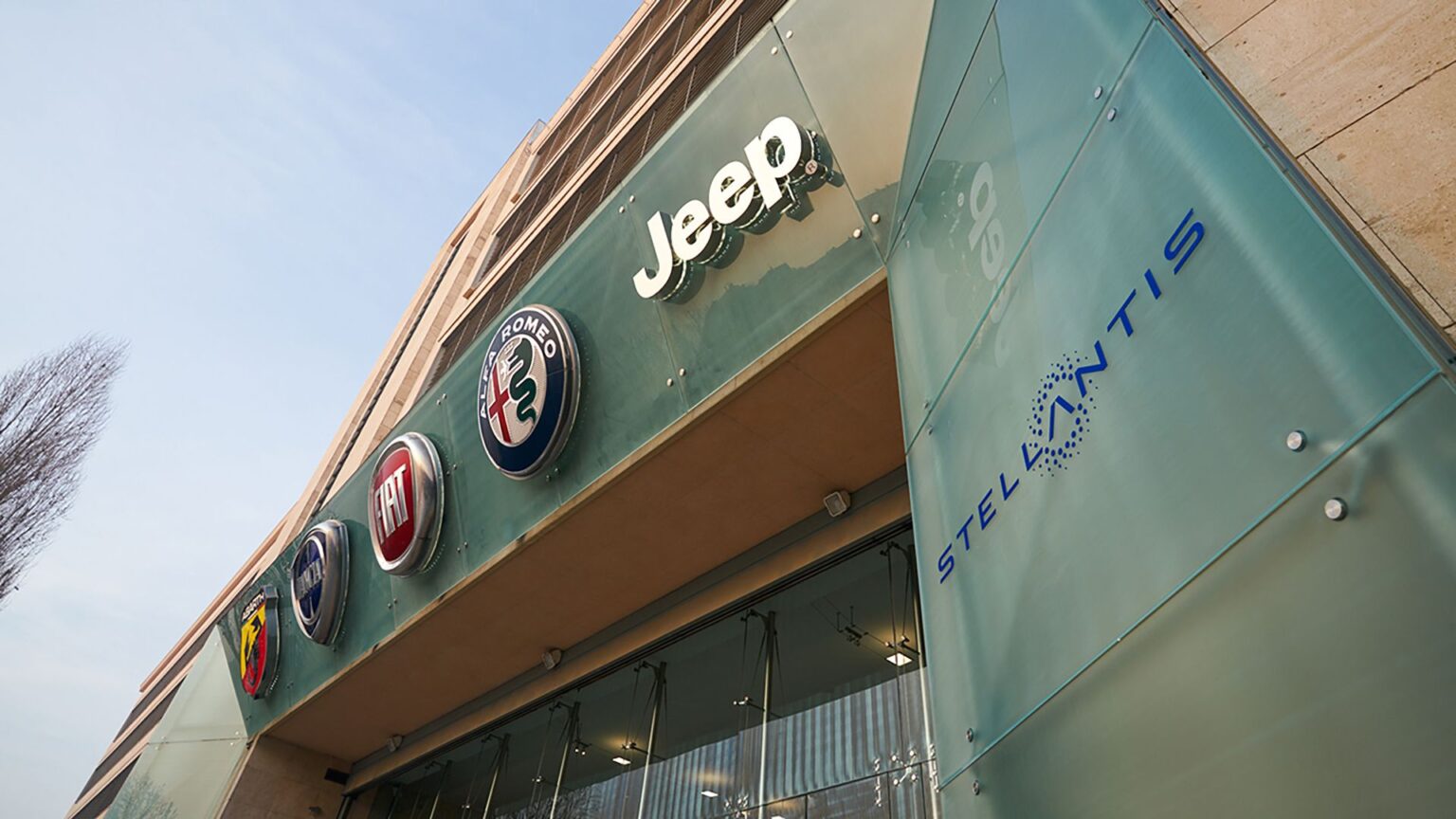Summary
- Stellantis plans to cut production to lower CO2 emissions and avoid fines for non-compliance.
- Slow sales and excess inventory led to financial troubles, requiring reconfiguration of production output.
- Company seeks to push EV sales to align with CO2 regulations set by European governing bodies.
Stellantis Europe is reportedly planning to cut production of some of its internal combustion engine vehicles in order to meet tightening European emissions compliance regulations for 2025, according to AutomotiveNews Europe. The plan comes after the fourth-largest automotive conglomerate began suffering a plethora of corporate woes after alarmingly slow sales, amounting inventory, and a bleak financial outlook as of late.
Word came from the company’s chief operating officer of its European division, Jean-Philippe Imparato, who spoke with reporters at a conference during the Paris Auto Show, highlighting some of the company’s near-future strategy to try and curtail its financial hemorrhaging and stabilize the Stellantis’ policies. The reason why the company seeks to reduce its production output is to also reduce its CO2 emissions, which could result in hefty fines incurred by Europe’s environmental governing bodies.
Stellantis Could Face Even More Financial Turmoil By Way Of Government Penalties
How could Stellantis get fined for producing too much CO2, you may ask? Well, in a very crude nutshell, environmental governing bodies associated with the European Union essentially set limits on how much CO2 emissions a company’s products can produce, which is measured by adding up and averaging out how much carbon dioxide each of its cars emit per kilometer.
In essence, if Stellantis produces a large fleet of automobiles that produce more CO2 per kilometer than the limit set by the European Union’s Environmental Protection Agency, then the company will be fined for not producing cleaner emissions vehicles. This is the government’s way of forcing automakers to research, develop, and innovate new propulsion technologies, such as gas-electric hybrid, electric, and smaller internal combustion engines. If they don’t meet the limits of CO2 emissions for compliance, they get heavily fined.
According to Imparato, production cuts could happen as soon as November 1 of this year as the company continues to scramble and solve all of its issues and stabilize the company for the future.
Reconfiguring Production Output To Align With Demand
Because Stellantis has been suffering from alarmingly slow sales, inventory of its new automobiles continue to build up all around the world, which is contributing to the company’s bleak financial future. When inventory sits unsold and on lots, it essentially results and translates to lost money as unsold cars lose value over time from becoming aged inventory. Thus, to clear the lots, in many cases, automakers who experience an overabundance of inventory are then forced to discount the vehicles from their suggested Market Sales Reproduction Price (MSRP), reducing the profit the company can make on each cars.
In another basic nutshell, it’s essentially money being left on the table. To correct this, Stellantis hopes to reduce its production output so that it can meet the demand of its vehicles and reduce this overabundance of inventory, which in theory and in a perfect situation, would result in less money being left on the table.
“My first task is to align production for vehicles sold in the first quarter of 2025,” Imparato told reporters during the press conference.
Additionally, he remained adamant that Stellantis will continue to invest in new electric vehicles to help reduce the company’s CO2 emissions footprint so that it can meet the revised compliance limits for the coming years. If the company doesn’t meet the compliance regulations, it could be fined as much as €95 per excess gram per vehicle.
Just doing some basic maths, if for example, using made up numbers, Stellantis produces 200 models from all of its 14 brands in Europe, and all of them produce 20 grams extra of CO2 per kilometer, and with Stellantis producing nearly 6.168 million vehicles just last year, that results in an outrageous fine that could really hit the company’s bottom line, which is already suffering from major profit losses from slow sales.
A Complicated Task Of Leveraging Vehicle Values, Inventory, And Pushing EV Sales, To Stop Huge Financial Losses
Another way that Stellantis can hopefully meet the EU’s new CO2 emissions regulations is to push for more EV sales, which has already been a challenge since the market notably softened this year, proving that the hype and demand surrounding EVs wasn’t as strong as many anticipated and invested in. EVs are one of the many keys to helping automakers meet CO2 emissions compliance since they have zero tailpipe emissions.
However, the challenge for many is the cost of entry and customer acquisition when it comes getting buyers to opt for EVs. And the only way to improve that situation is to offer incentives, while also readjusting the company’s leasing and financing contracts, both on the long and short term. Though, the biggest challenge with that is the fact that residual values for EVs have tanked significantly globally, especially in Europe, after companies like Tesla reportedly started pricing wars in late 2022.
Automakers generally set residual values on their cars based on market value, which is then tied into a vehicle’s leasing contract upon its return from the customer. Though because of Tesla manipulating the market, as well as overall residual values of EVs in the market dropping significantly, automakers, like Stellantis, lost huge amounts of money from EVs returning off-lease.
The TL:DR Summary
Because of this complicated and complex way of determining vehicle values as well as company profits based on the fluctuations of the market, it’s left Stellantis in a pretty big financial pickle and, essentially, the company’s being forced to take drastic measures, such as capping overall vehicle production, to further stop the financial hemorrhaging and damage, which could potentially arise from huge fines incurred by the Environmental Protection Agency for not reaching overall CO2 emissions compliance targets.
Source: AutomotiveNews Europe
Read the full article here


